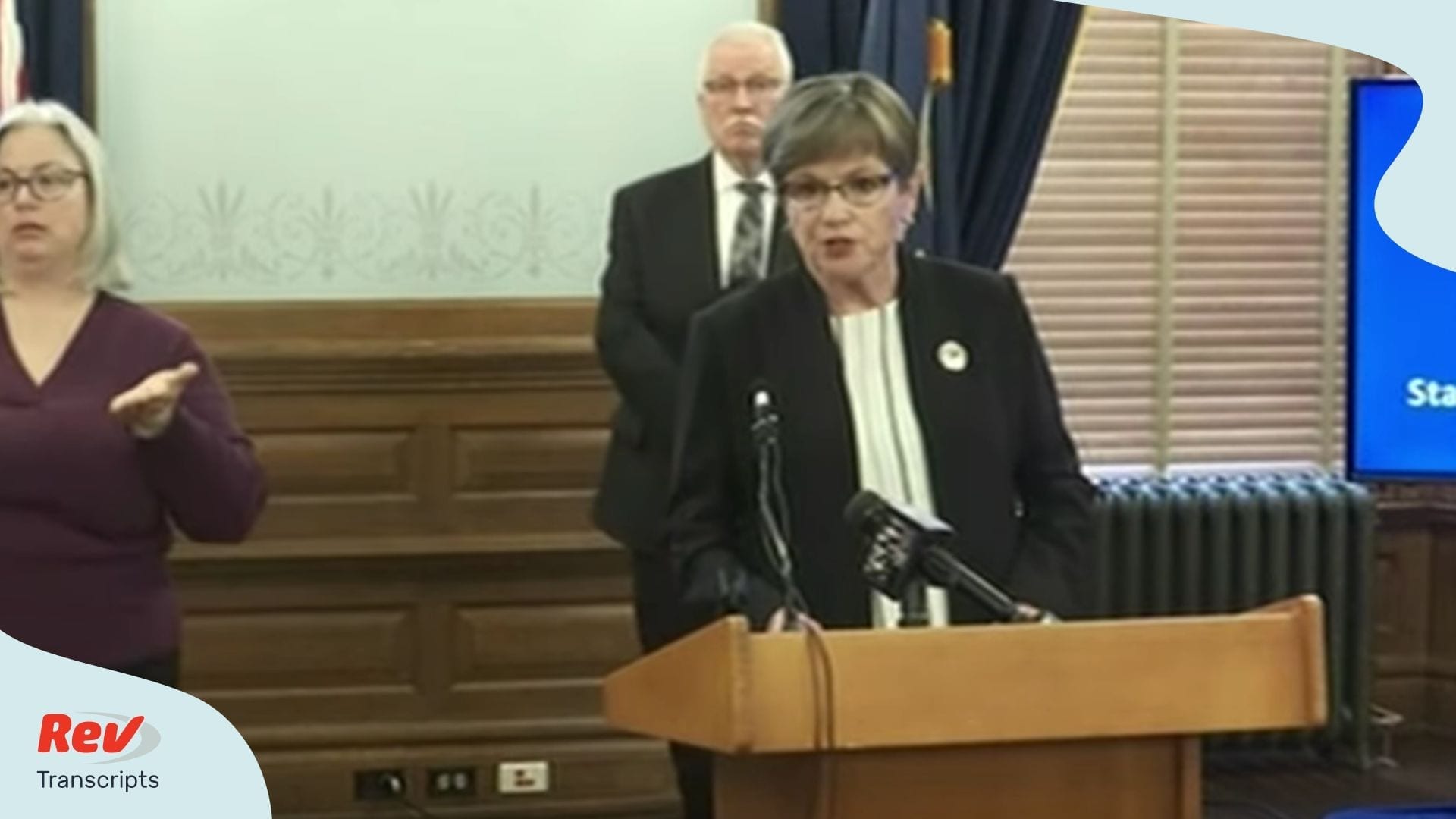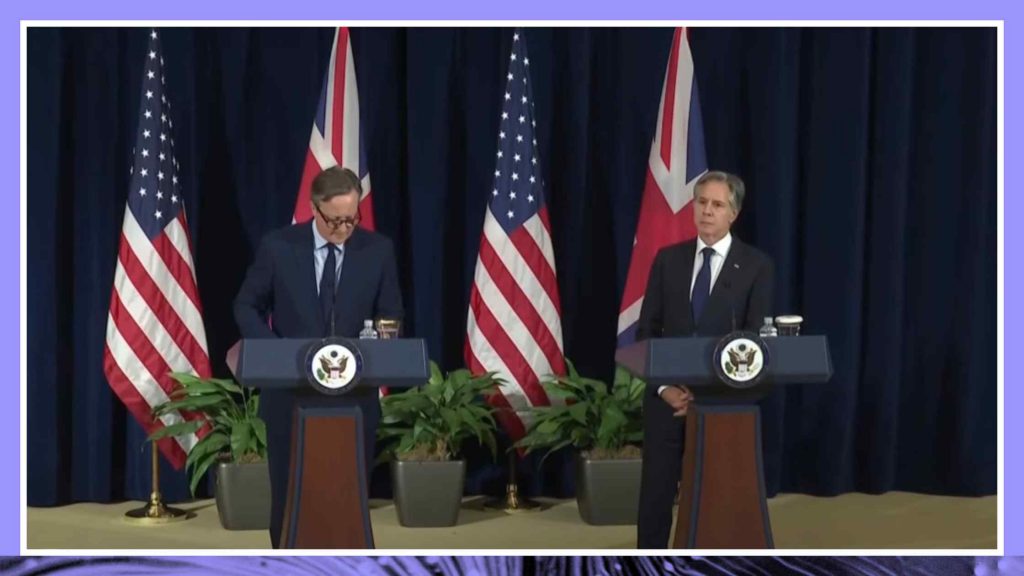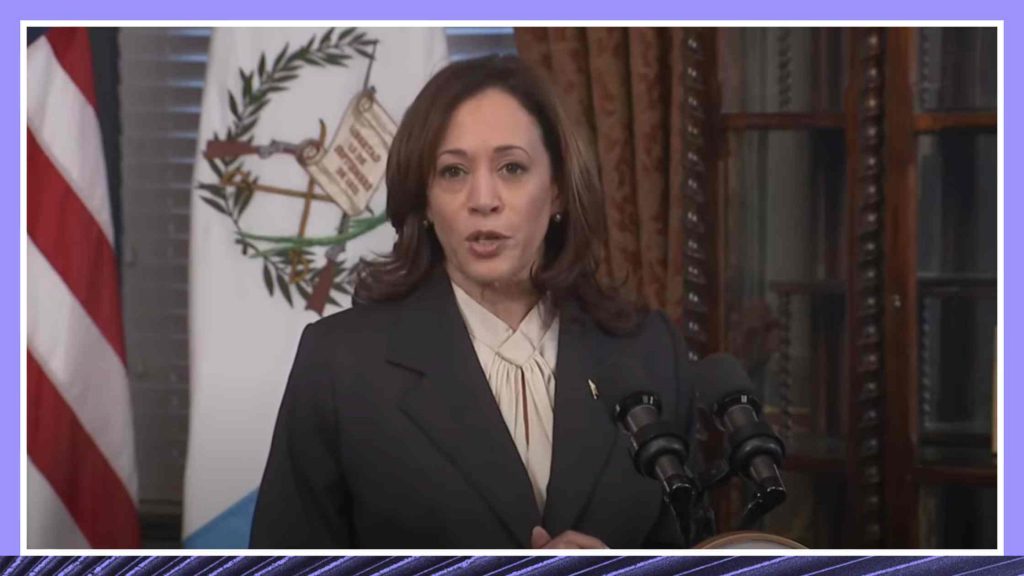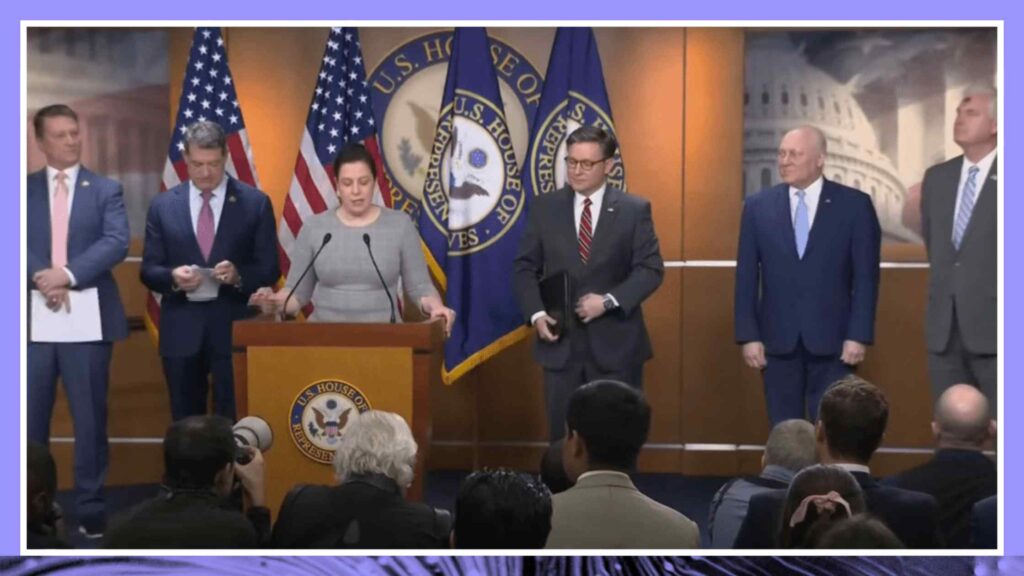Apr 10, 2020
Kansas Coronavirus Press Conference April 10

Doctors, officials, and Governor Laura Kelly held an April 10 COVID-19 update for Kansas. Governor Kelly sued GOP lawmakers for reversing the unconstitutional order on worship this week.
Transcribe Your Own Content
Try Rev for free and save time transcribing. Transcribe or caption speeches, interviews, meetings, town halls, phone calls, and more. Rev is the largest, most trusted, fastest, and most accurate provider of transcription services and closed captioning & subtitling services in the world.
Secretary Zmuda: (00:00)
Points of our facilities for both staff and offenders. That same week we eliminated $2 copay for medical services. We wanted to ensure that there was not a barrier to care, and for those coming forward with symptoms of the virus that has been removed. Beginning April 3rd, we implemented an intake isolation unit for our male population coming in from county at the former Larned Juvenile Facility. Inmates coming into the system from county jail will stay at the Larned Facility for a minimum of 14 days till we’re ensured that they are not contaminated, or exhibiting symptoms of the virus, and then they’ll proceed into our normal process. These are not people who have tested positive. They are people simply coming in from county, and we believe that’s another barrier that the ensures safety. Kansas correctional industries is producing surgical type masks made of cloth for use by our inmate population, and our staff.
Secretary Zmuda: (01:05)
We’ve began distributing those that started yesterday at our Lansing Facility, and we’ll progress through all of our correctional work units. Social distancing in our prisons is difficult. However, we’ve taken steps to try to control movements, restrict people to units wherever necessary, and appropriate, and make sure that when movement occurs to the greatest extent possible, it’s done in cohorts. Today we have 12 positive cases in our offender population of the COVID virus. They are in a quarantine unit. We have seven additional offenders in that unit that are under quarantine for observation, and we have 16 staff who have tested positive for the virus, all of those individuals were located, assigned to the Lansing Correctional Facility.
Secretary Zmuda: (02:04)
The isolation, or quarantine unit is also located at Lansing in the new reconstructed facility department. Kansas department of health, and environment has assigned staff, embedded them in our organization to assist us in the management of our population, our staff, and thwarting the virus. We appreciate their efforts, and we’ll continue to work with them closely to monitor what’s going on, and take steps to mitigate introduction of the virus to any further. I’d like to take the opportunity to introduce Dr. Lee Norman, who is the secretary for Kansas Department of Health and Environment.
Dr. Lee Norman: (02:51)
Thank you. Thank you, secretary. Thank you, governor. Brief update today. The total number of cases we have in the state of Kansas is 1,166 which is an increase in 60 cases since yesterday with 10,248 negative test results. We have increased to 50 deaths, which is an increase of eight since yesterday. Wednesday, two days ago was the highest increase in deaths in Kansas at 11. We are currently working throughout the state with 17 outbreaks, the largest ones being in Coffey County, Wyandotte, and Johnson County. In regards to religious gatherings, there’s been one additional outbreak related to a gathering, and one additional death from a Wyandotte County religious gathering, so a total of three deaths. The husband, wife, couple have commented about in Montgomery County, and now an additional Kansan. There’ve been two outbreaks in private companies. I wanted to talk briefly on masks. Been talking a lot about masks lately the KDHE issues homemade mask guidance both on our website, and a video on social media as well.
Dr. Lee Norman: (04:09)
The homemade masks are meant to be worn briefly, not for long periods of time, but briefly, in those instances when you cannot maintain a social distance of six feet, or greater for 10 minutes, or longer. This primarily occurs when you leave your house going out in public. When social distancing is hard. Again, you can go outside, and as long as you’re able to maintain social distance, you don’t need to wear a mask. But in those instances where it’s not practical, for example, going into essential businesses like groceries or pharmacy visiting healthcare providers, or on public transportation when there’s going to be more than 10 people, and you’re going to be in closer approximation, that’s when you wear a mask. The masks don’t eliminate the spread. You wear a mask to protect that person, and that person wears a mask to protect me.
Dr. Lee Norman: (05:03)
I want to show you, because I promise to do this, how to put on a mask. It may not seem like rocket science, but there are a couple of points that are important to know. The mask, you do not touch the outside surface of the mask. The mask is a filter. So, it’s important when you put it on to not have the hand on the front part of it. Okay, it’s fine to do if it’s fresh out of the laundry, but once you’ve worn it, think of it as a something that’s adherent, the virus is adherent. So, the mask goes here, and then it is tied up at the top of the head. And the reason is, if you tie it straight back, it’ll continue to slide down. So, once you have it tied up on the top, then you tie it behind here to fold it firmly.
Dr. Lee Norman: (05:51)
You notice that during this process, I didn’t touch my face at all. Then when it’s time to remove the mask, you untie it, fold it down, and put it away. So, think of this as contaminated on one side, and relatively cleaner on the other. The mask should be not worn for long periods of time. I mentioned that, really as short as is necessary, and it should be laundered at least daily. I wanted to give you one brief science lecture just because I love that stuff, but it’s something really important. And there’s some new information coming out, and I think that you’ll find it beyond just interesting, really important. The Los Alamos National Laboratories has been conducting a study for the CDC. Remember we’ve talked before about the R-Naught, the infectivity factor that for every one person that catches the Coronavirus, it was thought to be around two, or three people.
Dr. Lee Norman: (06:49)
What they’re finding now through their studies, that is probably up more towards about six. Which is in keeping with how highly infectious we’re finding this virus to be. The R-Naught with social distancing is thought to be about 1.4. So, that’s a third, it reduces it down to a third of its infectivity which is dramatic, and that is simply from social distancing, which should serve as a huge motivator for social distancing. It’s really the first time in modern history where this has even been studied because mostly we have vaccines. So you can take measles for example. Measles is probably the most infectious illness that there is with an R-Naught of 14, 16, 18 something like that. But the vaccine takes it down to below one. So when the R-Naught drops down below one, then it’s no longer passed from person to person, and it fizzles out.
Dr. Lee Norman: (07:52)
The outbreak goes away, essentially. Good news, on the Unicast, which I check regularly, the Kansans are taking this message seriously as a state now, we’re ranked at about a B minus. The United States as a whole is ranked at about a B. We have quite a number of counties that have A rankings, and again, this is total amount of travel restricted voluntarily the essential travel, unessential travel. There are still a lot of counties with F grades. Some of the larger counties still are a C, C minus, so we still have some distance to go. But I think this minor science lesson of you can reduce from 5.7 infectivity factor to 1.4, and it’s tying into the restricted travel we’re doing. This could be a home run and we cannot blink. We have to keep pushing on this, and especially in an upcoming weekend that it would be one where people would tend to gather a lot. So, take it very seriously. End of remarks.
Speaker 3: (09:03)
Questions?
Speaker 4: (09:04)
Secretary Zmuda, can you tell what triggered the surgence yesterday, and that didn’t have any relation at all to the outbreak?
Secretary Zmuda: (09:17)
We don’t know yet exactly what triggered the outbreak yesterday. We have staff interviewing our offender population, debriefing staff, and we should know what that is in the future, but I don’t know today.
Speaker 5: (09:31)
Did that happen where the quarantined inmates were?
Secretary Zmuda: (09:35)
It was not in the unit or in the building where the quarantine unit is. It was at the Lansing Correctional Facility, and in the existing Lansing Correctional Facility, and in the reconstructed new facility is where the quarantine unit is, adjacent to the current facility.
Speaker 6: (09:51)
The officers that came there to help from Topeka, and whatever will they be warranty for 14 days now when, at this point, knowing that they went into an area where there could’ve very well been COVID?
Secretary Zmuda: (10:04)
The unit that they went into, we didn’t have any offenders exhibiting symptoms of the virus. We don’t have reason to believe that they were exposed or infected. We’ll work with the Kansas Department of Health and Environment to determine what to do with those staff. But I don’t believe at this point we have any intention of limiting them with quarantine.
Speaker 7: (10:26)
Secretary, as inmates are saying, I mean you mentioned social distancing is very difficult in prisons, obviously, and inmates are saying that it’s inadequate. So, we’ve heard that they’re still sleeping, and moving in close quarters with hundreds of people close to each other. And is that true? I mean, what is the actual situation with the proximity of…? What number of them people are close to each other?
Secretary Zmuda: (10:51)
Well, if you come, and visit some of our housing units, and I’ll use a dormitory style setting, or maybe a two man person cell, our population is in close proximity to each other and there’s just not a lot you can do when it comes to the sleeping quarters, to do much about that in some instances. What we can do is try to keep them in groups, so they’re there together in cohorts, and so they’re not intermixing in other parts of the institution, and I think we’ve put steps in place for that, and then try to keep them limited in their movements about the facility. Try to keep them where there’s a cross pollenization if you will. Try to keep them confined to the unit as much as possible.
Speaker 7: (11:31)
The cohorts that you mentioned, do you mean for eating? What size are those cohorts.
Secretary Zmuda: (11:38)
That’s what I mean. As much as possible, the eating, the other movements together, think we’ve got that in place that most of our facilities today. Would you repeat the second part of your question? [crosstalk 00:00:11:51].
Speaker 7: (11:53)
What size are those cohorts [crosstalk 00:11:53].
Secretary Zmuda: (11:53)
Yeah, it would depend on the living unit or the tier. So, the living unit that we had the issue with yesterday think had a capacity of about 260 I believe that we had 180, 169 people living in there yesterday. And so it could be that, it could be a little bit smaller unit. It varies throughout the organization.
Speaker 5: (12:15)
Did you see the YouTube video that was posted from an inmate, and in the video someone mentions that they’re writing because of the coronavirus. Have you looked into that at all?
Secretary Zmuda: (12:26)
I did see a portion of that video, and that’ll be part of our investigation.
Speaker 4: (12:32)
Secretary Norman, earlier in the week, I think on Monday you had said three of the 12 clusters at that time it had been church related. You went through several numbers. How many of these clusters now stem to religious gatherings, and are any of them tied to religious gatherings that happened in kind of contravention of either state, or local orders?
Dr. Lee Norman: (13:01)
There’s [inaudible 00:13:02] excuse me. There’s four of those clusters that have occurred, and one has occurred since the the executive order, yes.
Speaker 5: (13:11)
Could you talk a little bit more about that religious gathering you mentioned earlier where it was, how many people were there, and why they were there.
Dr. Lee Norman: (13:17)
I don’t know the total number, our investigators most certainly would because they do contact tracings, two are in Sedgwick County, and two in Wyandotte County.
Speaker 8: (13:26)
Secretary Zmuda, I apologize if you already answered this, but I wanted to ask were there anything you guys reported, and what will happen to the inmates that participated in the riot?
Secretary Zmuda: (13:40)
There was one injury, a cut, on one of our offenders, another offender experienced some health issues related to being confined in the unit when we went in. Both were treated and released on site at the facility, and then, again, give me the second part of your question if you don’t mind.
Speaker 8: (14:05)
Inmates who participated in the riot and what happens to them?
Secretary Zmuda: (14:08)
No injuries to our staff. Very important. I’m thankful that the injuries were both minor to our offender population, and our staff. And then the inmates that were in that unit last night are in a segregation unit at the Reconstructed Lansing Facility today in a lock down unit, if you will. While we conduct the investigation and determine who needs to be held accountable as the governor suggested.
Speaker 9: (14:33)
[inaudible 00:14:33] …status on plans to release some vulnerable inmates that the ACLU, because [inaudible 00:14:38] pressuring inmates who might be close to the end of the sentence something like that. How how would that help reduce something like this?
Secretary Zmuda: (14:47)
Well, certainly, if you have more room, and more beds that can ease a little bit on the overcrowding, and depending on the offender, it could help us with maintaining good order, and discipline, and safety within the facilities, certainly.
Speaker 5: (15:04)
Governor Kelly, there’s a elderly woman who tested positive or Coronavirus in a Kansas city nursing home. She then went to a hospital to be treated for a broken leg, and now she’s ready to be released but she’s not able to go back to that nursing home. Are you considering implementing new policies that will allow these people that need those care in nursing homes to be able to go back to them, because right now they’re not being allowed back in for testing positive for Coronavirus.
Governor Kelly: (15:31)
I’ll be honest, we have not had a conversation about that yet.
Speaker 11: (15:35)
Governor Kelly, The Lord’s Journal World wants to know will Kansas extend its stay at home order?
Governor Kelly: (15:42)
We are having conversations about that, about whether or not we’ll extend this day that I think now is in effect until April 19th [inaudible 00:15:52] [inaudible 00:23:08] [inaudible 00:23:25]
Transcribe Your Own Content
Try Rev and save time transcribing, captioning, and subtitling.




